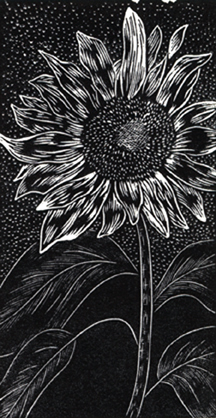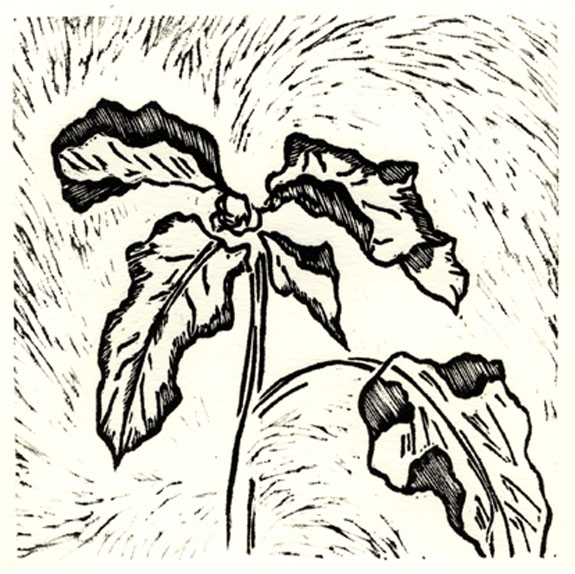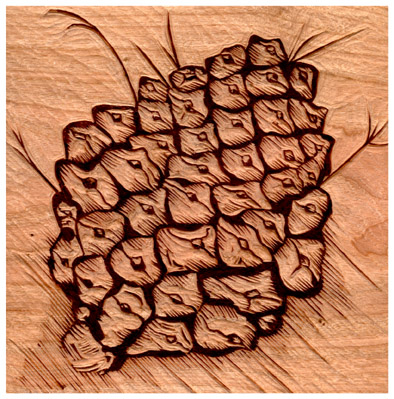While I do believe there is a place for cheap and crappy tools, these tools can be so frustrating to use (or try to use). But is buying Pfeil gouges the only alternative? It’s not that I don’t like Pfeil. They are my favorite wood carving tools, and I have twenty-five or thirty of them. If I could afford to, I would buy every one they make. But I can’t afford to buy them all, so I’ve had to look for alternatives.
On eBay today there are 1,711 tools listed for sale under the category of “woodcarving tools” and over 3,000,000 listing for “wood carving tools” on Google. While it’s easy to find good tools—just go to www.woodcraft.com and get some Pfeil gouges for $30 or more for each individual gouge or Flexcut tools for $80 to $150 for a set or five or ten, what if you want a set that is usable but inexpensive?
In the past I have purchased Ramelson or Warren tools at around $50-$60 for a set of five or six, but now I have new favorites for inexpensive tools. Have you heard of Woodpecker knives and gouges from China? They can be found from many vendors on eBay for ten to fifteen dollars. I bought two different sets of Woodpecker knives and gouges to see if they were at all usable. (I have found most really cheap tools are either not worth the very cheap price. I could only make them work with hours and hours spent shaping, sharpening, and honing .) The Woodpecker tools seem to be the exception. Although they do need honing for carving my black cherry blocks, I found them sharp enough right out of the box to be workable with linoleum. And after all, even my Pfeil gouges need to be periodically sharpened and honed.
But my real find, and my new favorite, inexpensive, wood carving tools are from E. C. Lyons. A set of 6 is $42. E.C. Lyons makes wonderful wood-engraving tools and the same steel seems to be used in their wood carving tools. Even without an initial sharpening and honing, I was able to cut a fine, clean, crisp line across the grain of a cherry-wood block using the V tool.
So what do you use when carving your blocks? Do you use super expensive gouges and chisels and knives or do you make do with a Speedball handle and exchangeable blades? (I also have a number of Speedball handles and blades in my collection of tools so you won’t hear me bad-mouthing them Their real benefit is that I don’t feel the need to sharpen them. They are cheap enough that I just throw away a dull blade and replace it with a new one.)
Here is where I have found Woodpecker knives and E.C. Lyons gouges:
Woodpecker: 12 pieces ( PM 132) from China (Woodpecker pm132) for $9-$15
http://www.ebay.com/itm/171222972251?ssPageName=STRK:MEWAX:IT

Woodpecker: 8 piece set from China (Woodpecker-pmb308) for $27
http://www.ebay.com/itm/121246898198?ssPageName=STRK:MEWAX:IT

E. C. Lyons: Wood Carving Set of 6 Model: L331-0 ($42) +$14 shipping
http://www.eclyons.com/index.php?main_page=product_info&products_id=189

And for Flexcut and Pfeil tools, I usually go to Woodcraft:
http://www.woodcraft.com/category/3/1005232/1001053/Carving.aspx
Flexcut ($80-$143)
Pfeil-Swiss made ($20-$30 for each tool)











